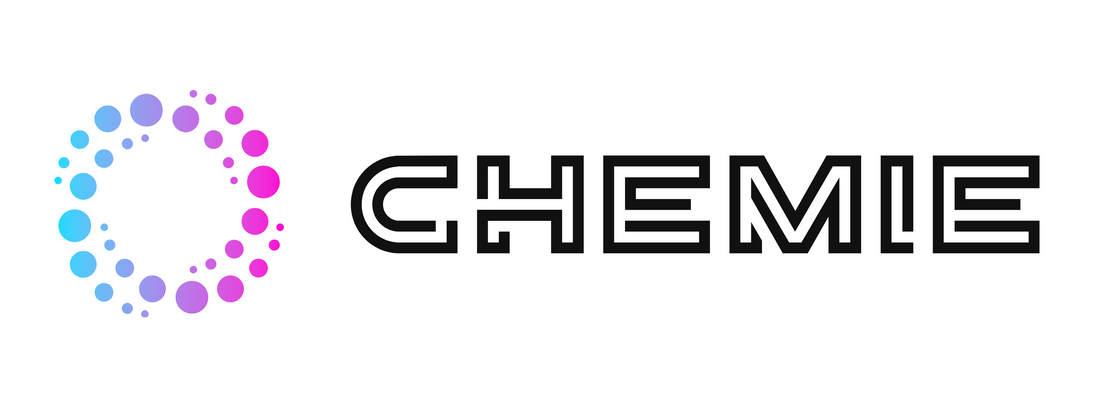A Biased View of Chemie
A Biased View of Chemie
Blog Article
The smart Trick of Chemie That Nobody is Talking About
Table of ContentsFascination About ChemieNot known Incorrect Statements About Chemie The Only Guide for Chemie6 Simple Techniques For ChemieThe Greatest Guide To ChemieAbout Chemie
By Bojanna Shantheyanda, Sreya Dutta, Kevin Coscia and David SchiemerDynalene, Inc. Fluid air conditioning, which can be accomplished making use of indirect or direct ways, is utilized in electronic devices applications having thermal power densities that may go beyond safe dissipation through air cooling. Indirect liquid air conditioning is where heat dissipating digital elements are physically divided from the liquid coolant, whereas in situation of direct cooling, the parts are in direct contact with the coolant.In indirect air conditioning applications the electrical conductivity can be crucial if there are leaks and/or spillage of the fluids onto the electronic devices. In the indirect cooling applications where water based liquids with rust inhibitors are usually made use of, the electric conductivity of the liquid coolant mainly depends on the ion concentration in the fluid stream.
The boost in the ion concentration in a shut loop liquid stream might take place because of ion leaching from steels and nonmetal elements that the coolant liquid is in call with. During operation, the electrical conductivity of the fluid might raise to a degree which could be unsafe for the air conditioning system.
Our Chemie Ideas
(https://penzu.com/p/708211a82b1b68b2)They are bead like polymers that can trading ions with ions in a remedy that it is in contact with. In today job, ion leaching tests were executed with different metals and polymers in both ultrapure deionized (DI) water, i.e. water which is treated to the highest degree of purity, and low electric conductive ethylene glycol/water mix, with the gauged adjustment in conductivity reported with time.
The examples were enabled to equilibrate at space temperature for 2 days before videotaping the first electric conductivity. In all examinations reported in this study fluid electrical conductivity was measured to an accuracy of 1% using an Oakton disadvantage 510/CON 6 series meter which was adjusted before each measurement.
The smart Trick of Chemie That Nobody is Discussing
from the wall heating coils to the center of the heater. The PTFE sample containers were put in the heater when constant state temperature levels were gotten to. The examination setup was eliminated from the heating system every 168 hours (seven days), cooled to room temperature level with the electrical conductivity of the fluid measured.
The electrical conductivity of the liquid sample was kept track of for a total amount of 5000 hours (208 days). Schematic of the indirect shut loophole cooling down experiment set-up. Parts used in the indirect closed loophole cooling down experiment that are click resources in call with the fluid coolant.

Little Known Facts About Chemie.
During operation the fluid tank temperature level was maintained at 34C. The modification in fluid electric conductivity was checked for 136 hours. The liquid from the system was gathered and stored. Shut loop examination with ion exchange material was brought out with the very same cleansing treatments utilized. The first electrical conductivity of the 230ml UP-H2O in the system gauged 1.84 S/cm.

0.1 g of Dowex material was contributed to 100g of liquid samples that was taken in a different container. The blend was stirred and transform in the electrical conductivity at space temperature was measured every hour. The measured adjustment in the electrical conductivity of the UP-H2O and EG-LC examination fluids including polymer or steel when involved for 5,000 hours at 80C is shown Figure 3.
Chemie Things To Know Before You Buy
Figure 3. Ion seeping experiment: Calculated change in electrical conductivity of water and EG-LC coolants consisting of either polymer or steel samples when submersed for 5,000 hours at 80C. The results indicate that steels added less ions right into the fluids than plastics in both UP-H2O and EG-LC based coolants. This can be due to a slim steel oxide layer which may act as an obstacle to ion leaching and cationic diffusion.
Liquids consisting of polypropylene and HDPE exhibited the most affordable electrical conductivity changes. This might be as a result of the brief, stiff, linear chains which are less most likely to add ions than longer branched chains with weak intermolecular pressures. Silicone also carried out well in both test fluids, as polysiloxanes are typically chemically inert as a result of the high bond power of the silicon-oxygen bond which would certainly stop destruction of the product right into the liquid.
The smart Trick of Chemie That Nobody is Talking About
It would be anticipated that PVC would certainly create similar results to those of PTFE and HDPE based upon the comparable chemical frameworks of the materials, nevertheless there might be other contaminations present in the PVC, such as plasticizers, that might affect the electrical conductivity of the fluid - silicone fluid. In addition, chloride teams in PVC can likewise leach into the test fluid and can trigger a rise in electrical conductivity
Polyurethane totally disintegrated right into the examination fluid by the end of 5000 hour test. Prior to and after images of metal and polymer samples immersed for 5,000 hours at 80C in the ion seeping experiment.
Calculated adjustment in the electrical conductivity of UP-H2O coolant as a feature of time with and without material cartridge in the shut indirect air conditioning loophole experiment. The gauged modification in electric conductivity of the UP-H2O for 136 hours with and without ion exchange resin in the loophole is shown in Number 5.
Report this page